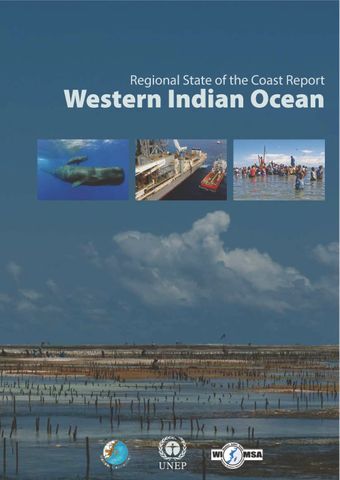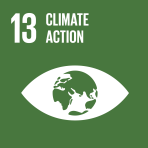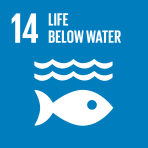Intertidal and nearshore rocky reefs

- Author: Daudi J. Msangameno
- Main Title: Regional State of the Coast Report , pp 84-101
- Publication Date: March 2016
- DOI: https://doi.org/10.18356/a67173a0-en
- Language: English
Rocky shores and nearshore rocky reefs form extensive habitats along several coastlines, being an important marine biotope with considerable socio-ecological significance (Raffaelli and Hawkins 1996). They arise as a result of marine erosion of the over-burden and bedrock due to a combination of sea level rise and wave action in areas where there is low sediment supply (Ruwa 1996). These natural habitats may be extended by a plethora of manmade structures such as jetties, breakwaters, docks, groynes, dykes and seawalls, which essentially function as artificial rocky reefs (Crowe and others, 2000, Moschella and others, 2005). The nature and properties of rocky shores and reefs are primarily related to the mode of their formation (Yorath and Nasmith 2001), with most being comprised of limestone, basalt and granite. Their physical properties such hardness and porosity vary, with limestone and basaltic rocks being more porous than granite. This, in turn, determines the patterns of settlement and establishment of marine epibenthic organisms on them (UNEP/ Nairobi Convention Secretariat 2009). In many tropical regions where such reefs are mostly formed from raised fossilised coral, the rock may be pitted, cracked and/or creviced. This creates heterogeneous environments with numerous rock pools, overhangs, gullies and caves. However, in the arctic and cold temperate regions, such reefs are often formed from glacial action and, hence, are mostly dominated by boulders with deep interstitial spaces. In spite of some uniformity within similar latitudinal settings, rocky reefs are highly variable and, depending on local geology, they can range from steep overhanging cliffs to wide, gently-shelving platforms, and from smooth, uniform slopes to highly dissected, irregular masses or even extensive boulder beaches (Steffani 2000). Rocky reefs are, therefore, rarely smooth slabs of rock, but are instead complex environments which abound with cracks, crevices, gullies and pools, creating special habitats with their own sets of advantages and limitations (Raffaelli and Hawkins 1996).
-
From This Site
/content/books/9789210601573s006-c005dcterms_title,dcterms_subject,pub_keyword-contentType:Journal -contentType:Contributor -contentType:Concept -contentType:Institution105


